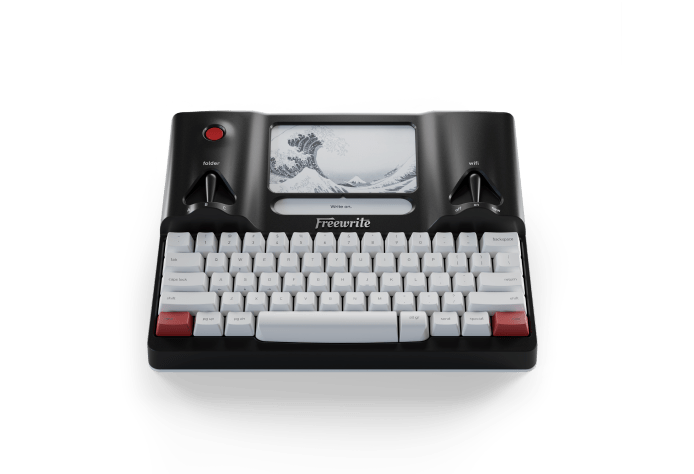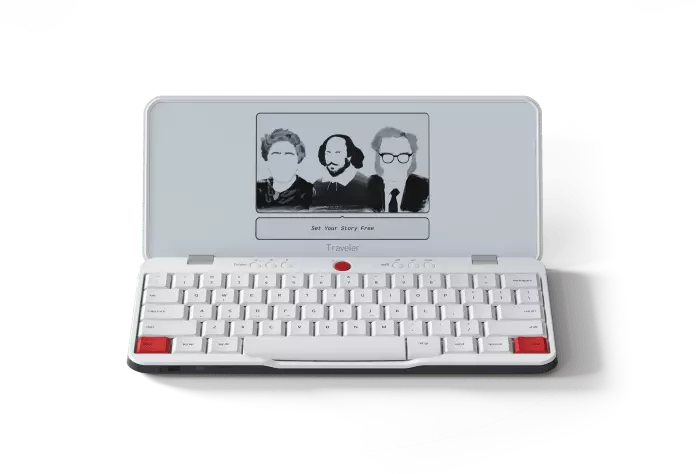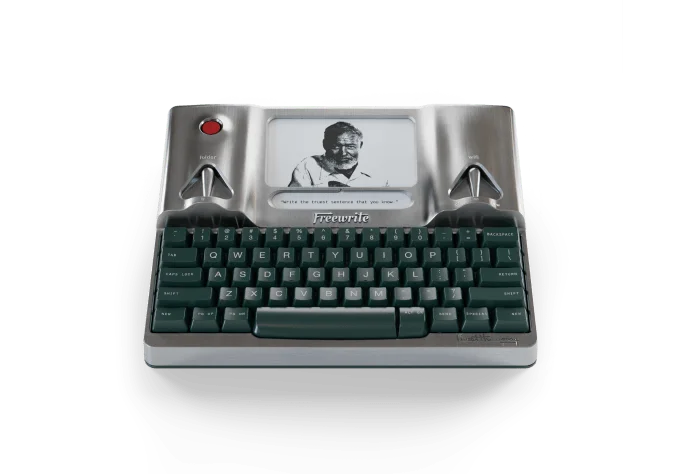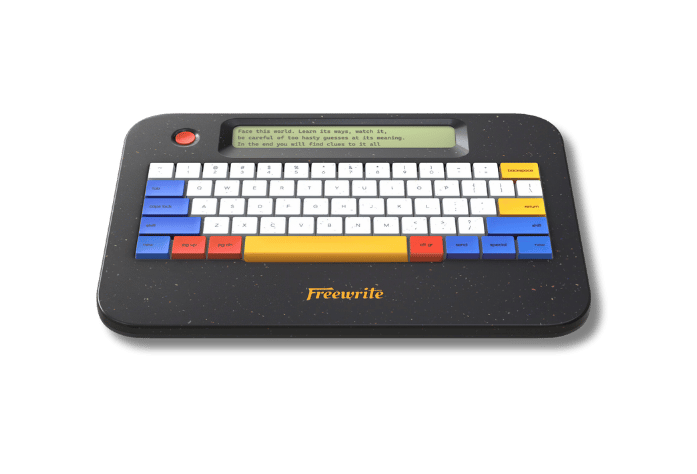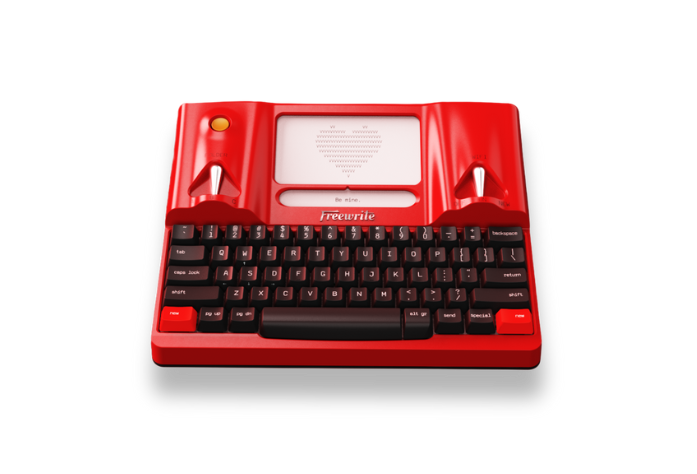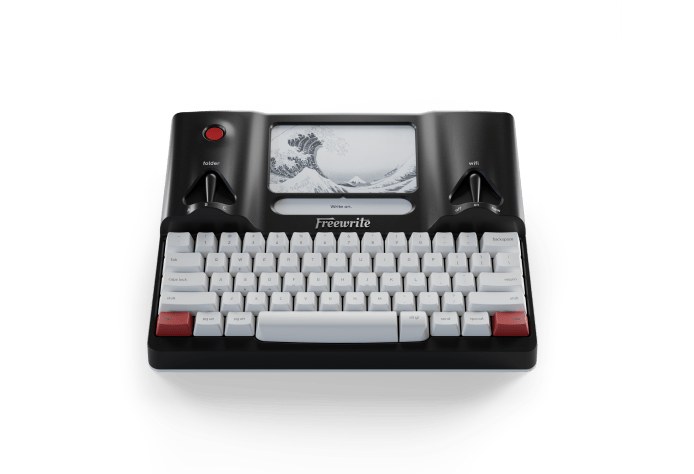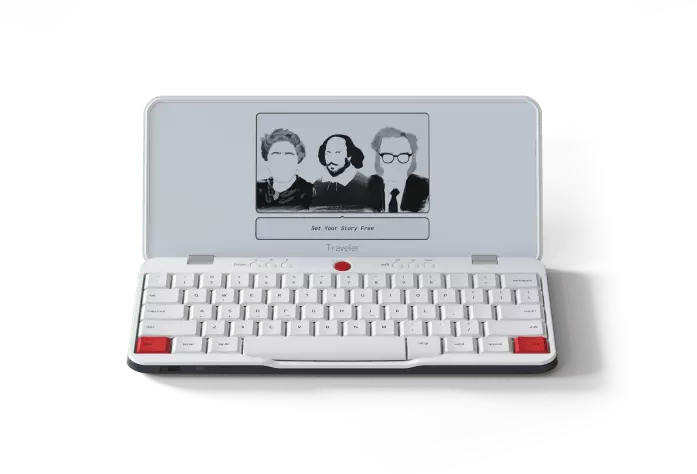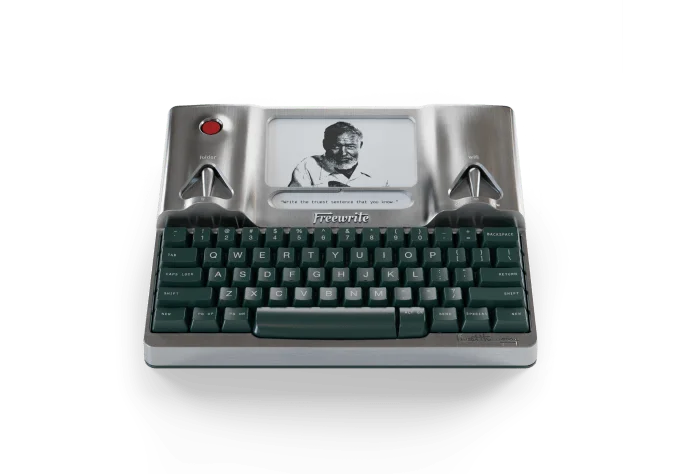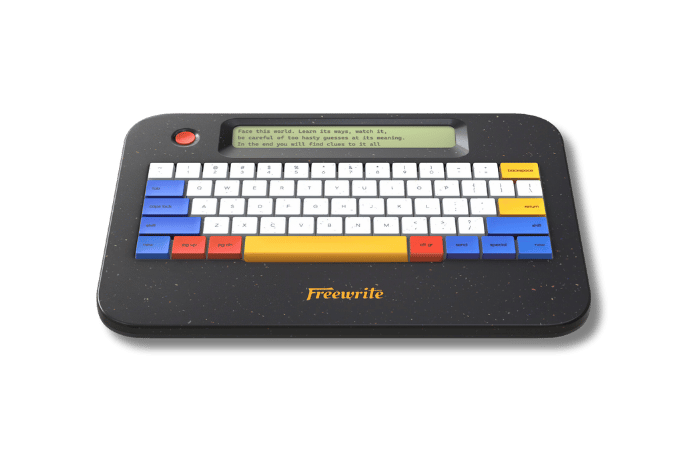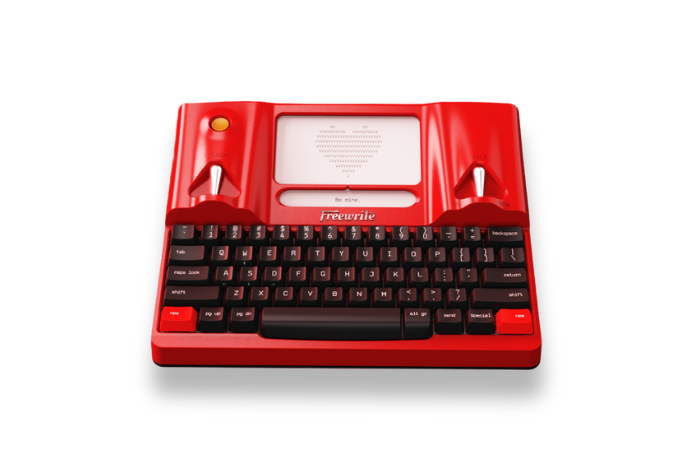
As writers, we all dream of sharing our stories with the world. But publishing is a tricky business. And it's no secret that the publishing industry has changed greatly over the last decade — and continues to change. New avenues for sharing your work are popping up all the time.
We've put together a quick primer for those new to the publishing world to see what options you have when it comes time to publish your work.

Traditional Publishing
This is what most people think of when they think of publishing. You know, meeting with an old-school, high-profile editor in a skyscraper in New York, going on tour, and attending splashy release parties. Traditionally, this is what most writers aspire to achieve, to have their book accepted by a reputable publishing company.
How does it work? Traditional publishing involves sending your manuscript to an agent or publishing company for assessment. If your manuscript is accepted, the publishing company develops your manuscript with an editorial team, designs and publishes the book, and distributes it to book stores, libraries, and online retailers.
The Pros: The best part of traditional publishing is that you should receive some level of marketing support in order to reach a larger audience than if you were self-publishing. If you're one of the luckiest, you may even get major media placement or the opportunity to go on a book tour. (Note: Not all traditionally published authors get much of a marketing budget these days. You'll still need to work at promoting your books.) Another pro of traditional publishing is that the company covers major book-production costs, like editing, book cover design, book layout and interior design, and more.
The Cons: The biggest con is that your royalty as the writer will be small, and you will split it with your agent. The average royalty rate for traditionally published authors is 10%, according to Publish Drive. (Yes, it's that small!) Additionally, these days, most big publishers don't accept work from un-agented authors. That means that, first, you have to submit your manuscript to an agent. Finding an agent is a whole different story!
While most authors dream of signing with "The Big 5" (this refers to the biggest and most prestigious publishers: Hachette, HarperCollins, Macmillan, Penguin Random House, and Simon & Schuster) there are plenty of smaller publishers who publish great books, too. Some may even accept manuscript submissions from authors without an agent.

Self-Publishing
Self-publishing has become increasingly popular in recent years. While self-publishing is still a relatively young industry, it has exploded in the last decade, and there are now authors who are making just as much money or selling just as many books as their traditionally published counterparts.
How does it work? Self-publishing involves publishing your book independently, without the support of a publishing company. You're the project manager for everything from writing and editing to cover design and marketing.
The Pros: You have full creative control! You get to decide on the book cover and make all final decisions. An even bigger advantage is that self-publishing provides a much higher percentage of royalties compared to traditional publishing. Many self-published authors make their money just by selling ebooks on online platforms like Amazon and Barnes & Noble, both of which provide a 70% royalty rate. One of our brand partners, Campfire, is even launching a new monetization initiative on their platform, where authors can earn 80% royalties!
The Cons: You have full creative control, from book cover design to editing — and you have to pay for those things. Overall, self-publishing requires a lot of effort (and considerable financial investment) beyond the simple act of writing. You'll need to hire a designer for the book cover and an editor to polish your story, both of which can be expensive. From editing and formatting, to all marketing, you'll be doing this yourself — or hiring someone to help. Additionally, many bookstores and libraries do not stock self-published books.
In the end, though self-published authors often sell fewer copies of their books, the much higher royalty rate still makes many writers choose self-publishing.
A Note on E-Books & Print-On-Demand
With the rise of Amazon and tablet technology, e-books have become increasingly popular. E-books provide a lower cost of entry and a faster turnaround time. Additionally, e-books are not limited by storage or distribution issues.
The same platforms where you can self-publish an ebook have now adjusted for print. Authors can now easily self-publish print copies of their books with print-on-demand services. You simply upload a manuscript that has been formatted to the platform's specifications (you may need to hire a book formatter) and upload it to the platform. While the overall quality of these books may not be as high as a traditionally published book, it's incredibly easy to publish a print version of your book these days. (Just make sure to order an author copy to ship to yourself before you hit publish so you can see what it looks like in-person.)

Hybrid Publishing
The good news for modern authors is that you don't have to choose traditional publishing or self-publishing for your entire career. "Hybrid publishing" is a combination of both methods. Many authors start out with a traditional publisher and eventually decide to try self-publishing. Others start self-publishing and later get picked up by a publisher.
One thing to note is that once you self-publish a book, it is very unlikely that a publisher will consider that specific manuscript for publishing. So it is essential to consider all your options before making a decision for each book.
--
Traditional publishing can be a challenging route to take, and as such, more and more authors are opting for self-publishing. However, with the rise of technology, more people are self-publishing, which leads to a crowded market and difficulty marketing. For some, traditional publishings represents the experience they want to strive for.
It’s essential to weigh the benefits and consider the costs before deciding on a publishing route. One thing is for certain: It has never been a more exciting time to be a writer!

